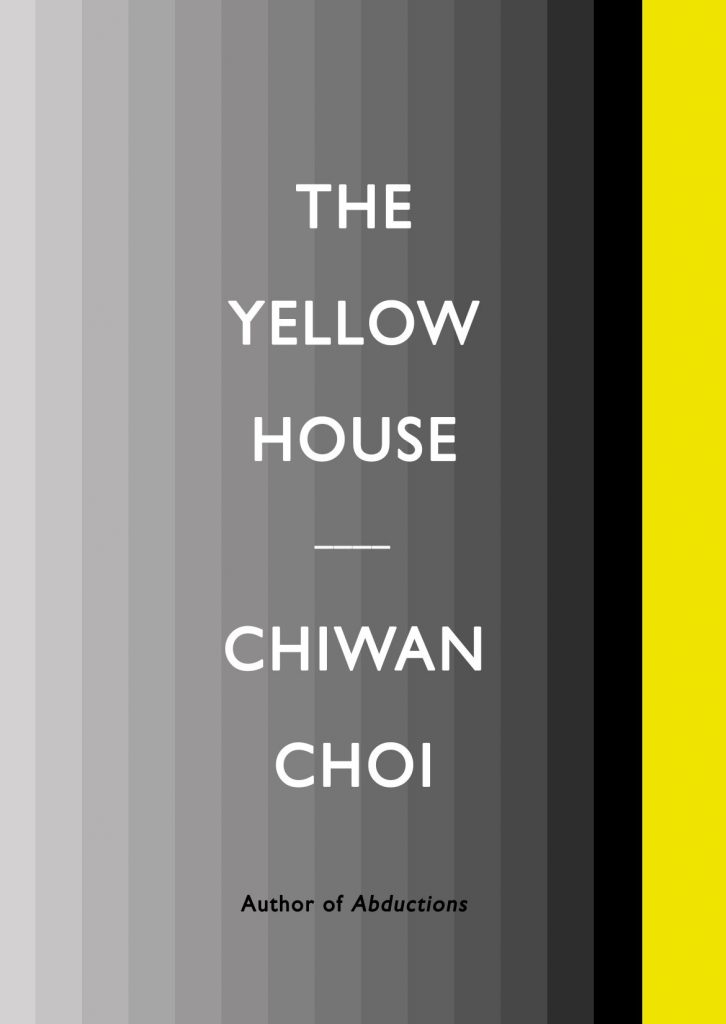
Civil Coping Mechanisms, 2017
REVIEWED BY GABINO IGLESIAS
–
Chiwan Choi’s The Yellow House is one of those rare poetry collections that simultaneously serves as a manifesto of Otherness, a heartfelt and brutally honest journal of the most crucial moments of the poet’s life, and a celebration of the feelings, moments, and places that great poetry can invoke even when the writing itself is rooted in earthy, memory-tinged simplicity. As if that wasn’t enough, the collection is also an enjoyable recounting of how Choi found himself; a surprisingly cinematic series of vignettes that present the reader with loss, love, desire, friendship, family, and the city of Los Angeles.
The Yellow House opens with a simple three-line declaration that manages to set the mood for the rest of the collection while also proving themselves contradictory:
i chose poetry
over honesty
then lived this unremarkable life.
On one hand, Choi lets us know that there was a point in the journey of his life where a decision had to be made, and poetry won. However, the second line attempts to extract honesty from the process, and the poems that follow it prove beyond a shadow of a doubt that Choi’s writing is very personal and honest. Furthermore, the word unremarkable is the exact opposite of what’s presented in this collection; poems filled with the agonies of every coming-of-age tale, the magic of a childhood spent navigating different cultures, and nights spent in a massive, violent, strange city that tends to become part of those who spend enough time in it. After reading the book, coming back to those three lines is crucial because they reveal the playful man behind the poems and let us know that we were on a sad, humorous, carefully constructed trip from the very first page.
Choi’s style is a mixture of sincere sharing and words being used to deal with certain memories. However, more important than his approachable, enjoyable style is the vulnerability Choi brings to the page. From dealing with death to plucking pieces of life that were happening in 1980, Choi treats his subjects and his writing with the same openness, and that candor translates into beautiful poetry:
this is stupid and emotional
and not poetic at all,
but life is so weird and beautiful
and i can’t tell whether it’s slipping away
or if it’s drowning me.
i can’t get out of bed
and if there was skin next to me
i would bury all the feelings in it
to some 80s soundtrack
like a non-stop loop
of the best of the church.
There is a yellow house in The Yellow House, and its appearances are just one of the many elements of cohesion that make this a very complete collection. The other cohesive elements are love, loss, memory, dreams, the role of parents, and the equal importance of things said and things left unsaid. Ultimately, the beauty of The Yellow House is that is personal and universal, and that allows the reader to recognize Choi for what he is: a survivor who’s seen many things, a son, and a man concerned with recognizing the things that came before and made him who he is now:
on the porch
drinking barley tea so my legs won’t fail
(that’s what mother says)
and, for a moment,
looking at my hand.
it is still.
sometimes it shakes,
trembles.
sometimes it holds
tight
the world.
On the most basic level, The Yellow House works because it is, simply put, beautiful poetry. Devastatingly beautiful. However, for those who care about the details of the genre, Choi also demonstrates a unique understanding of the way blank space can affect his message as well as a sense of rhythm that gives his work a particular flavor. These last elements make this collection a must read for fans of language and poetry and a superb addition to the Civil Coping Mechanisms catalog, which already includes some of the best contemporary poetry collections: There Should be Flowers by Joshua Jennifer Espinoza, Lady Be Good by Lauren Hilger, and The Book of Endless Sleepovers by Henry Hoke, to name a few.
![[PANK]](https://pankmagazine.com/wp-content/themes/pank/assets/images/pank-logo-large.png)
